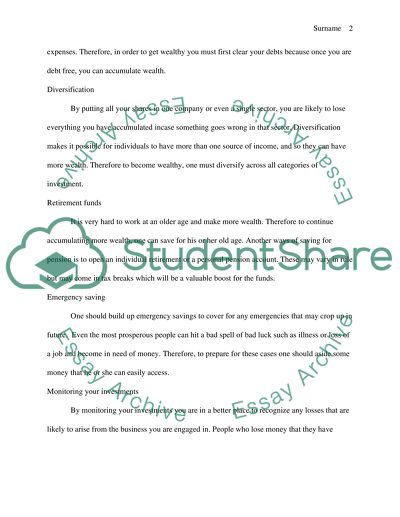Cite this document
(“U.S. Consumer Wages, Income, Wealth and Savings Research Paper”, n.d.)
Retrieved from https://studentshare.org/family-consumer-science/1411749-us-consumer-wages-income-wealth-and-savings
Retrieved from https://studentshare.org/family-consumer-science/1411749-us-consumer-wages-income-wealth-and-savings
(U.S. Consumer Wages, Income, Wealth and Savings Research Paper)
https://studentshare.org/family-consumer-science/1411749-us-consumer-wages-income-wealth-and-savings.
https://studentshare.org/family-consumer-science/1411749-us-consumer-wages-income-wealth-and-savings.
“U.S. Consumer Wages, Income, Wealth and Savings Research Paper”, n.d. https://studentshare.org/family-consumer-science/1411749-us-consumer-wages-income-wealth-and-savings.


